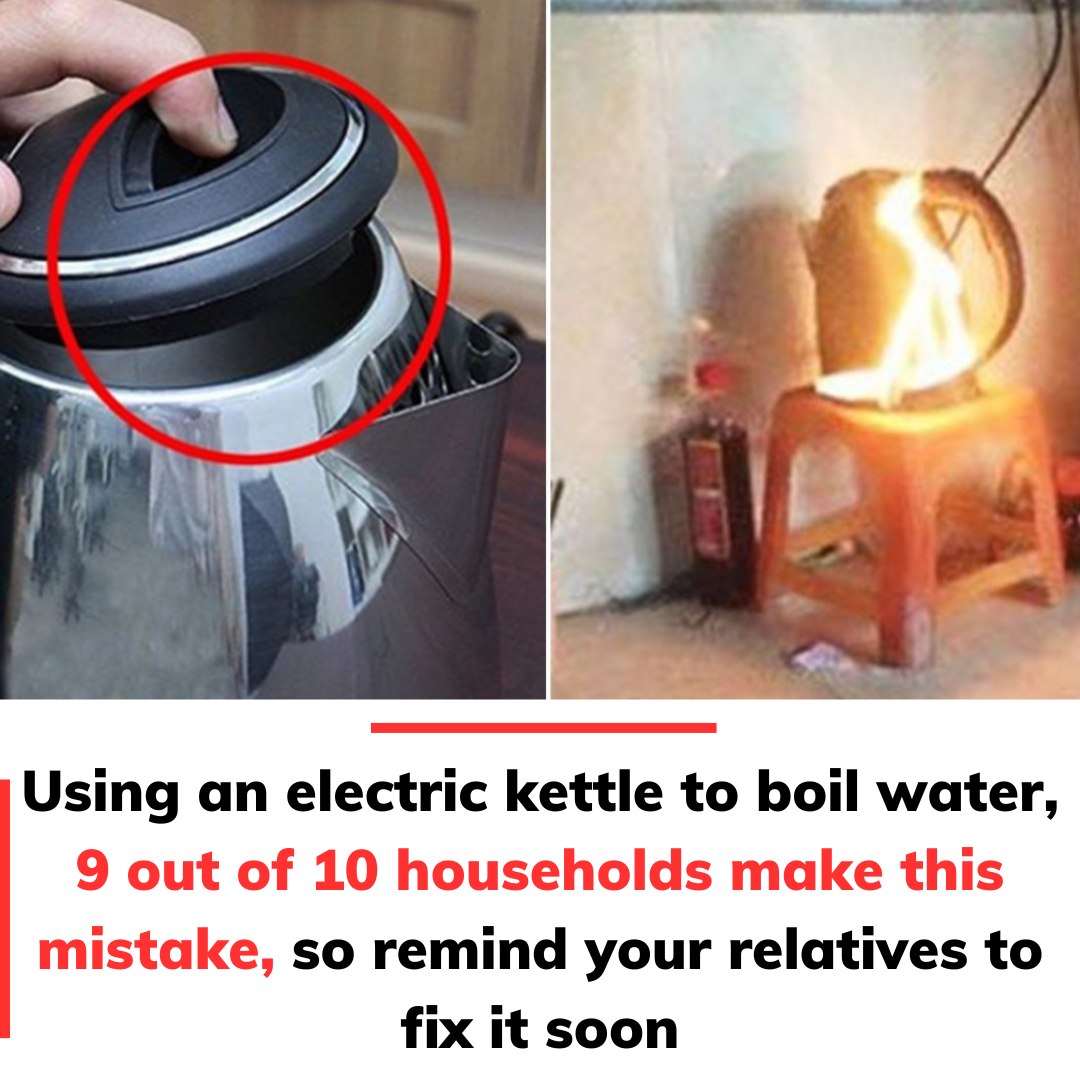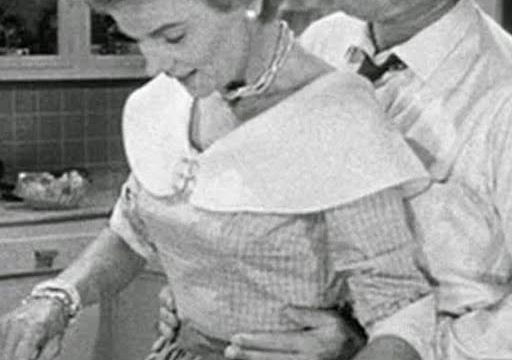Electric kettles have become a must-have in modern kitchens, offering a quick and convenient way to boil water for coffee, tea, or cooking. However, like any appliance, electric kettles can encounter problems that disrupt their functionality over time. Knowing the most common issues and how to address them can save you the inconvenience of dealing with a malfunctioning kettle or replacing it unnecessarily. Below, we’ll explore the top five issues people face with electric kettles and provide practical solutions to keep your kettle running smoothly.

1. The Kettle Doesn’t Turn On
Imagine preparing for your morning coffee only to find your kettle refusing to power on. This frustrating problem is more common than you might think.
Common Causes:
- A damaged power cord might prevent electricity from reaching the kettle.
- Loose or dirty contacts between the kettle and its base can interrupt the power flow.
- A faulty power switch can also stop the kettle from operating.
How to Fix It:
Start by checking if the kettle is securely plugged into a working outlet. Inspect the power cord for any visible damage—if it’s frayed or broken, it’s time to replace it. Next, clean the contact points on both the base and the kettle to ensure a proper connection. If these steps don’t solve the issue, the power switch may need professional repair or replacement.
Pro Tip: Always unplug the kettle by gripping the plug, not the cord, to avoid damaging it over time.
2. The Kettle Doesn’t Turn Off Automatically
A kettle that keeps boiling even after the water has reached its boiling point isn’t just inconvenient—it’s a safety hazard.
Common Causes:
- A malfunctioning temperature sensor may fail to detect that the water is boiling.
- A damaged automatic switch might not cut off the power when it should.
How to Fix It:
Stop using the kettle immediately to avoid overheating or fire risks. Contact a technician to inspect and replace the faulty temperature sensor or automatic switch.
Pro Tip: Regularly descale your kettle to prevent mineral buildup, which can interfere with the temperature sensor.
3. The Kettle Takes Too Long to Boil or Doesn’t Boil at All
If you notice your kettle taking much longer to heat water or not boiling at all, there’s likely an underlying issue affecting its efficiency.
Common Causes:
- Limescale buildup on the heating plate can act as an insulator, reducing heating efficiency.
- A damaged heating element can prevent the kettle from functioning properly.
- An unstable or low-voltage power source can cause slow heating.
How to Fix It:
Descale your kettle by boiling a mixture of water and vinegar, then rinsing it thoroughly to remove limescale deposits. Check if your power source is stable and functional. If the problem persists, have a technician inspect and repair the heating element.
Pro Tip: Use filtered water to reduce mineral buildup and prolong the life of your kettle.
4. The Kettle Leaks Water
Water leaking from your kettle can create a mess and even pose electrical hazards.
Common Causes:
- Worn-out rubber gaskets can cause water to seep out.
- A cracked kettle body might allow water to escape.
How to Fix It:
Inspect the rubber gaskets for signs of wear and replace them if necessary. If the kettle body is cracked, replacing the kettle is usually the safest option, as cracks can’t always be repaired effectively.
Pro Tip: Avoid overfilling the kettle and handle it gently to prevent damage.
5. The Kettle Makes Loud Noises While Boiling
If your kettle is making loud, unusual noises during boiling, it can be both annoying and concerning.
Common Causes:
- Limescale deposits on the heating plate can cause uneven heating and noise.
- Faulty internal components might produce rattling or buzzing sounds.
How to Fix It:
Descale the kettle regularly using a vinegar-water solution to remove mineral buildup. If the noise persists even after cleaning, have a professional inspect the kettle’s internal components.
Pro Tip: Regular maintenance helps prevent excessive buildup and potential damage to your kettle.
Preventive Maintenance Tips for Your Electric Kettle
To keep your kettle in excellent condition, follow these simple tips:
- Clean it regularly by descaling with a vinegar-water solution at least once a month.
- Avoid overfilling the kettle to prevent spills and leaks.
- Use filtered water to minimize mineral deposits.
- Always unplug the kettle when not in use to prevent electrical hazards.
- Handle the kettle with care to avoid drops or cracks.
When to Replace Your Kettle
If your kettle continues to malfunction despite troubleshooting, or if it shows visible damage, it’s time for a replacement. Safety should always come first, so don’t hesitate to invest in a new kettle if the old one poses risks.
Final Thoughts
Electric kettles are reliable and efficient appliances, but like all devices, they require proper care and occasional maintenance. By addressing common problems and following preventive tips, you can extend your kettle’s lifespan and keep it running smoothly. If you’re unsure about repairing a kettle yourself, always consult a professional.
Did this guide help you solve an issue with your electric kettle? Share it with others—they might find these tips just as useful!





